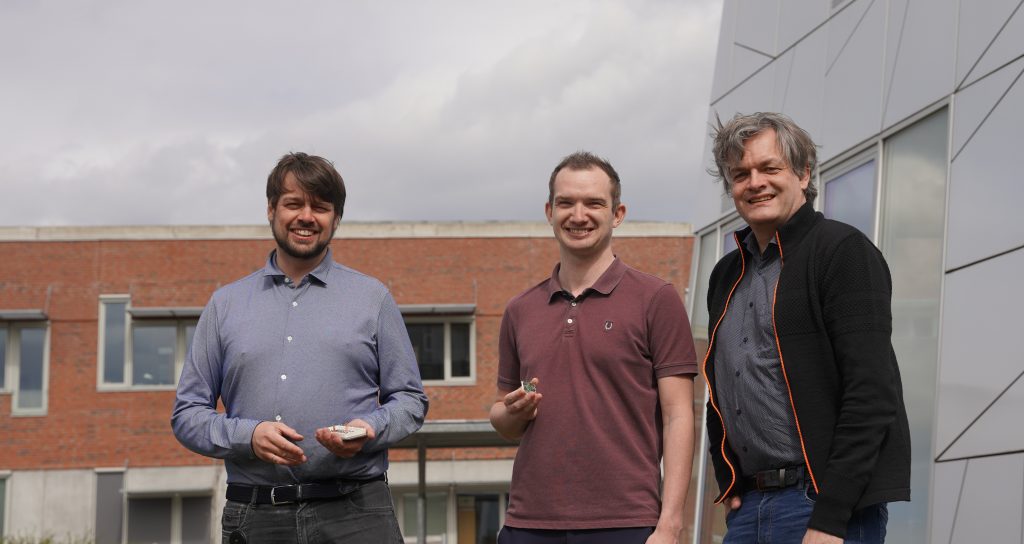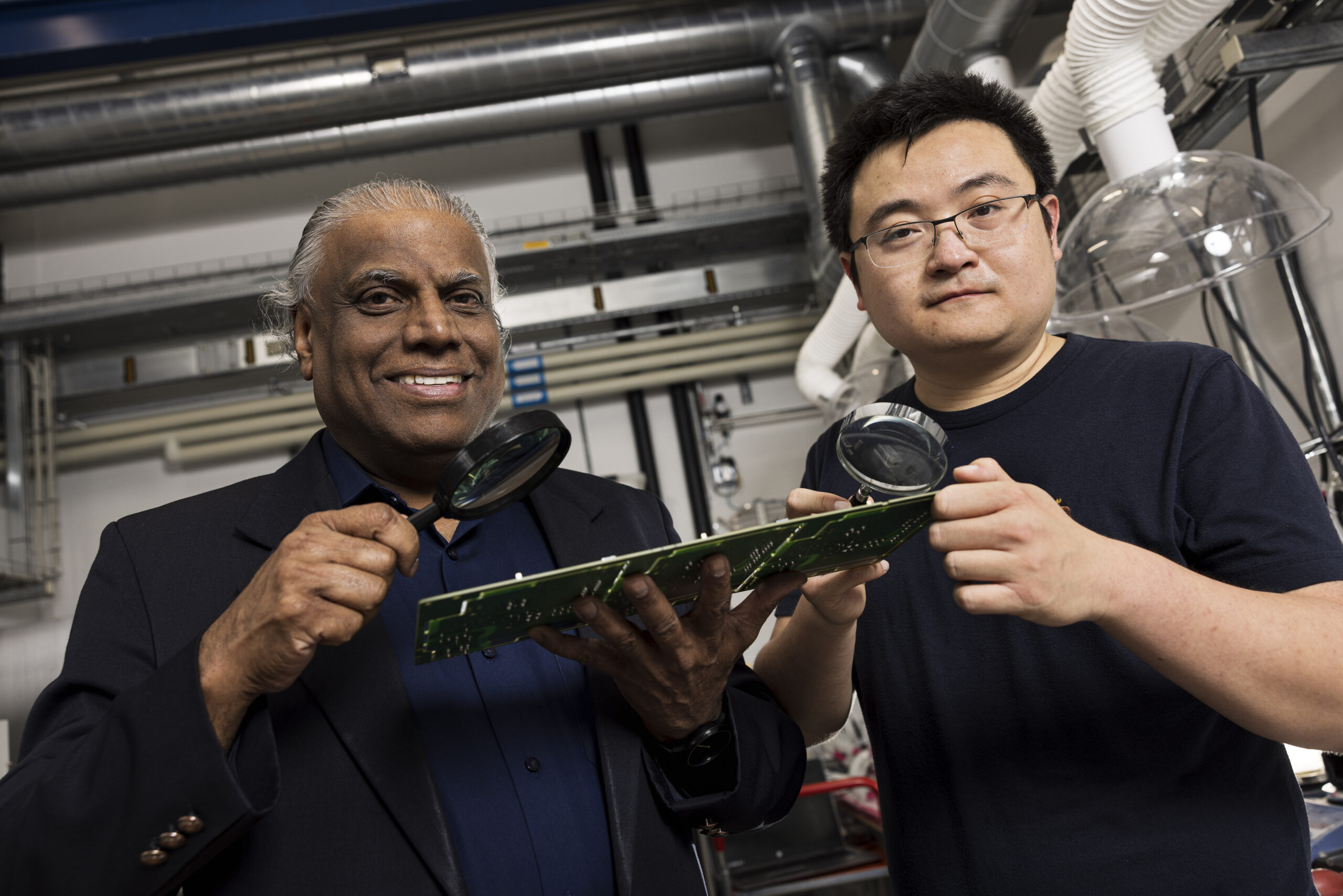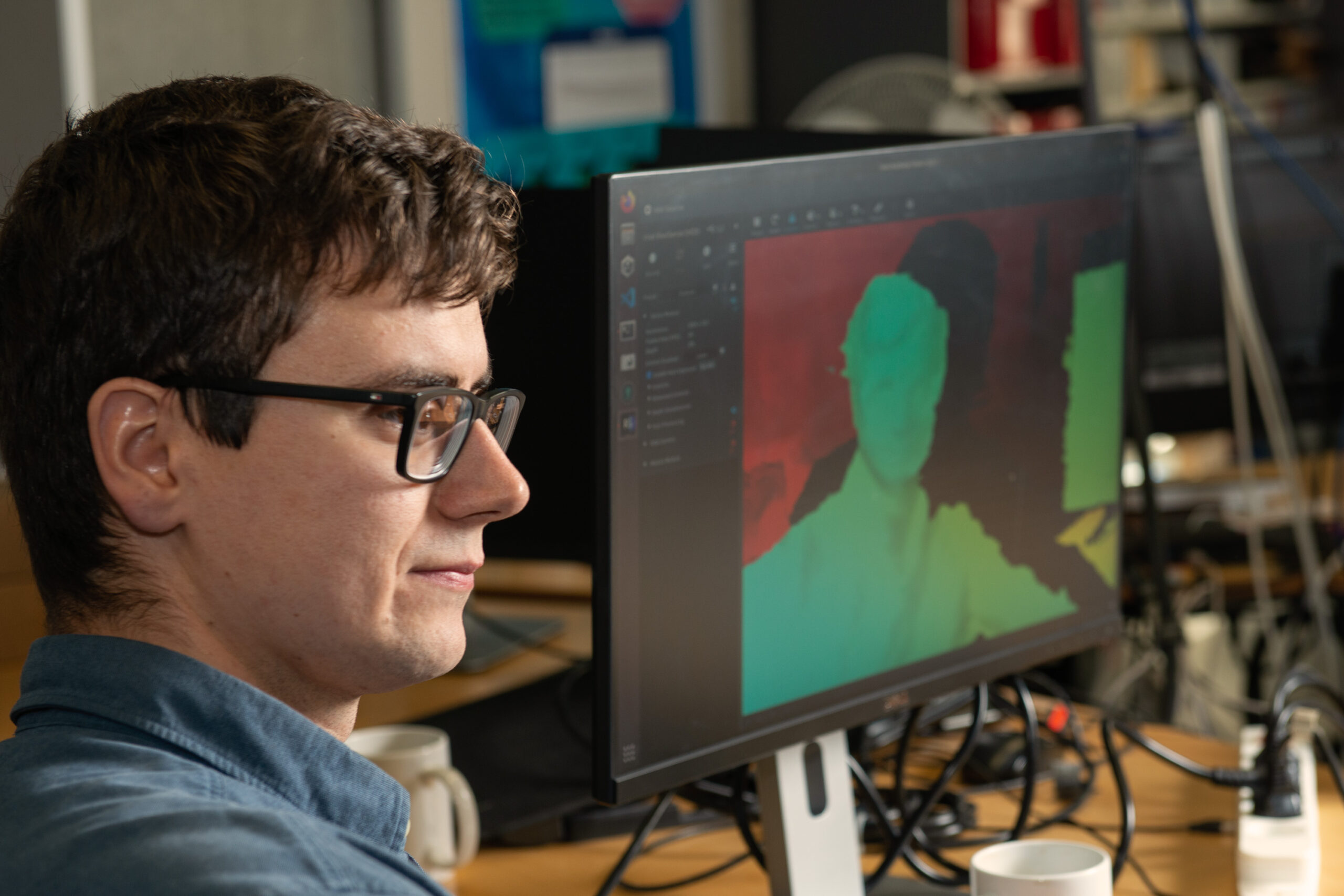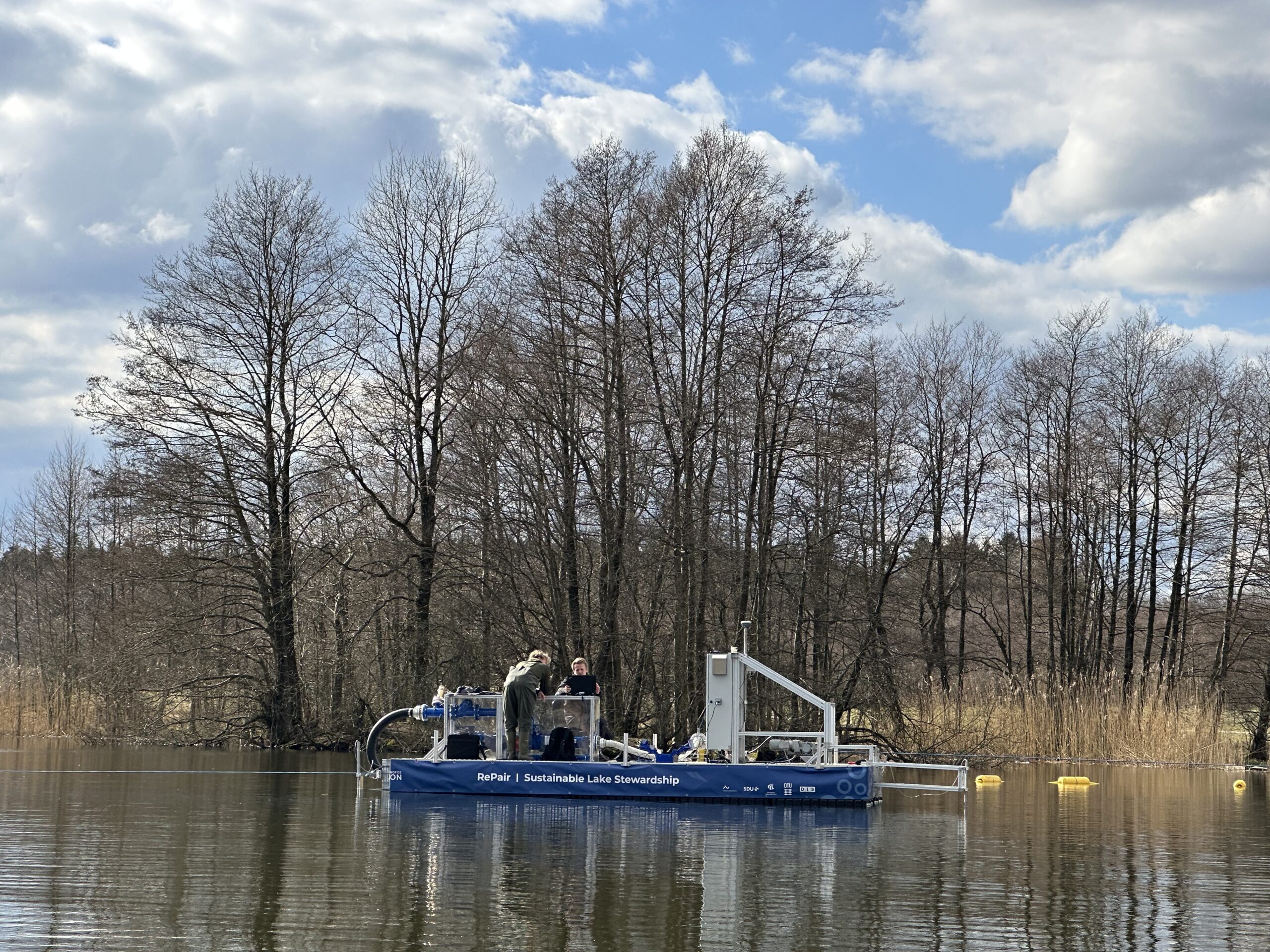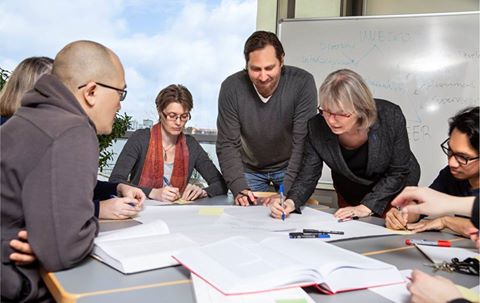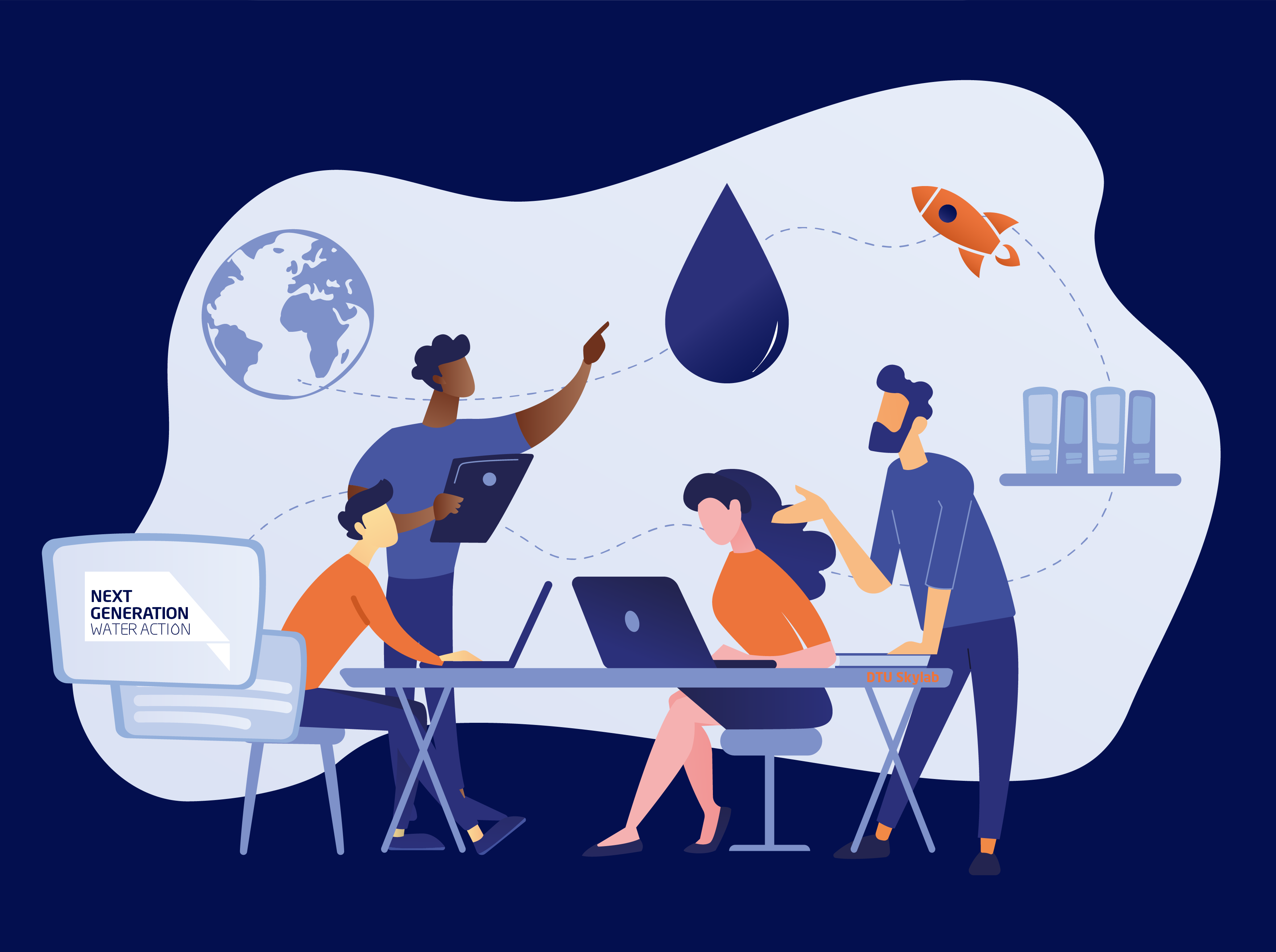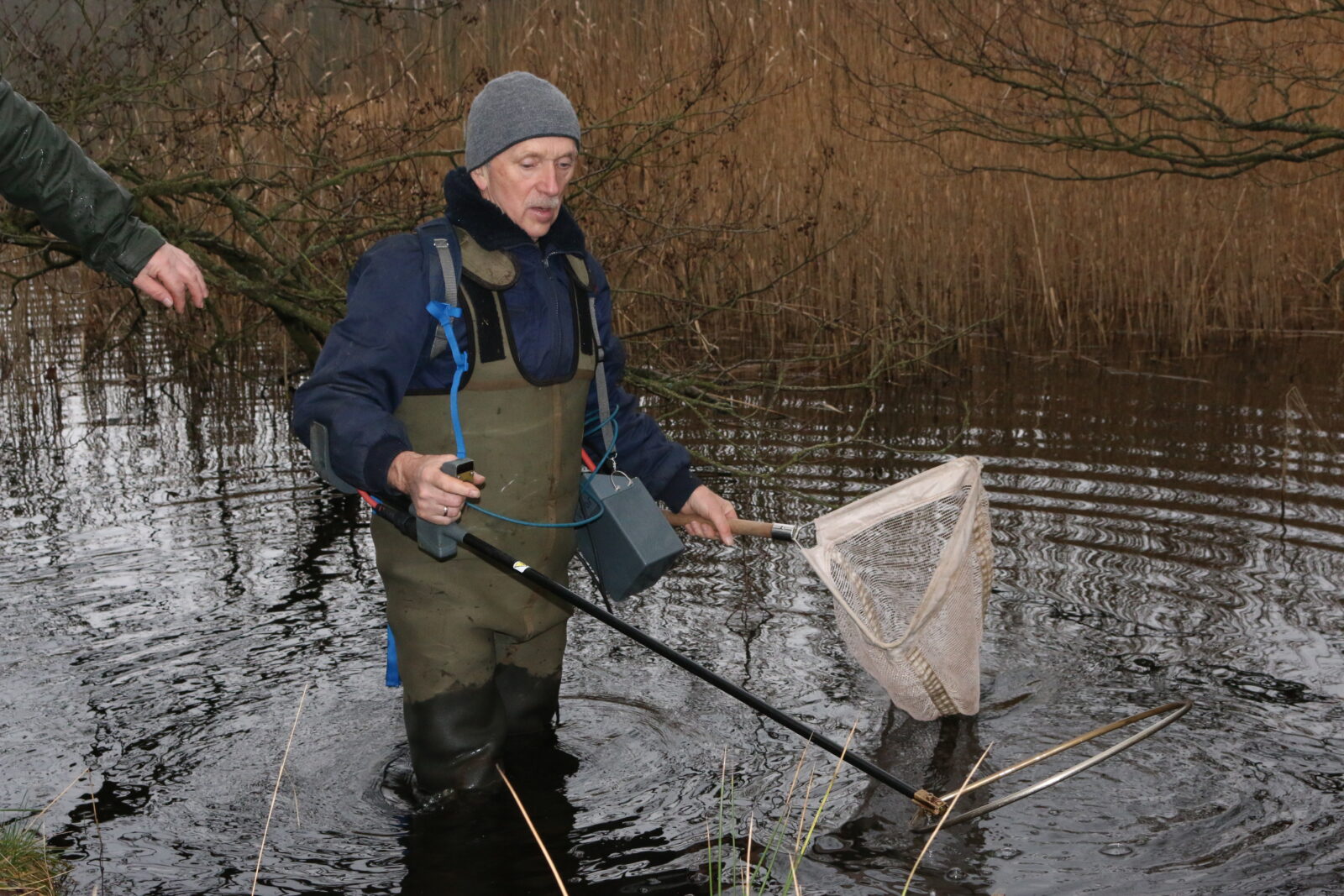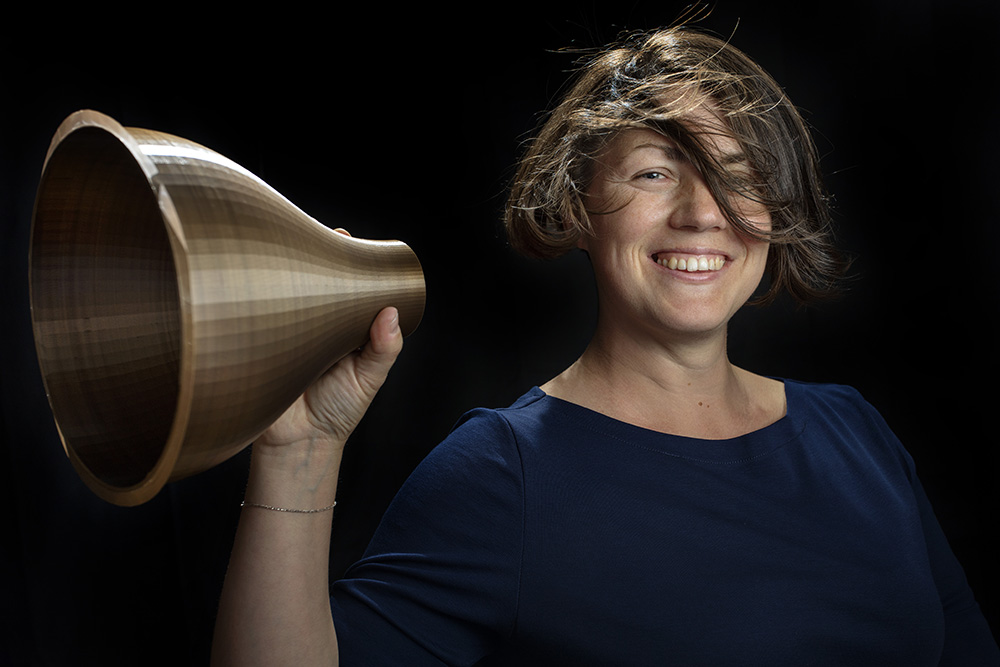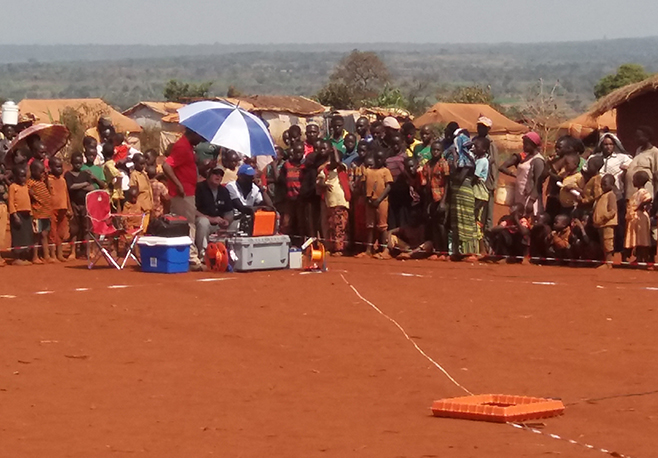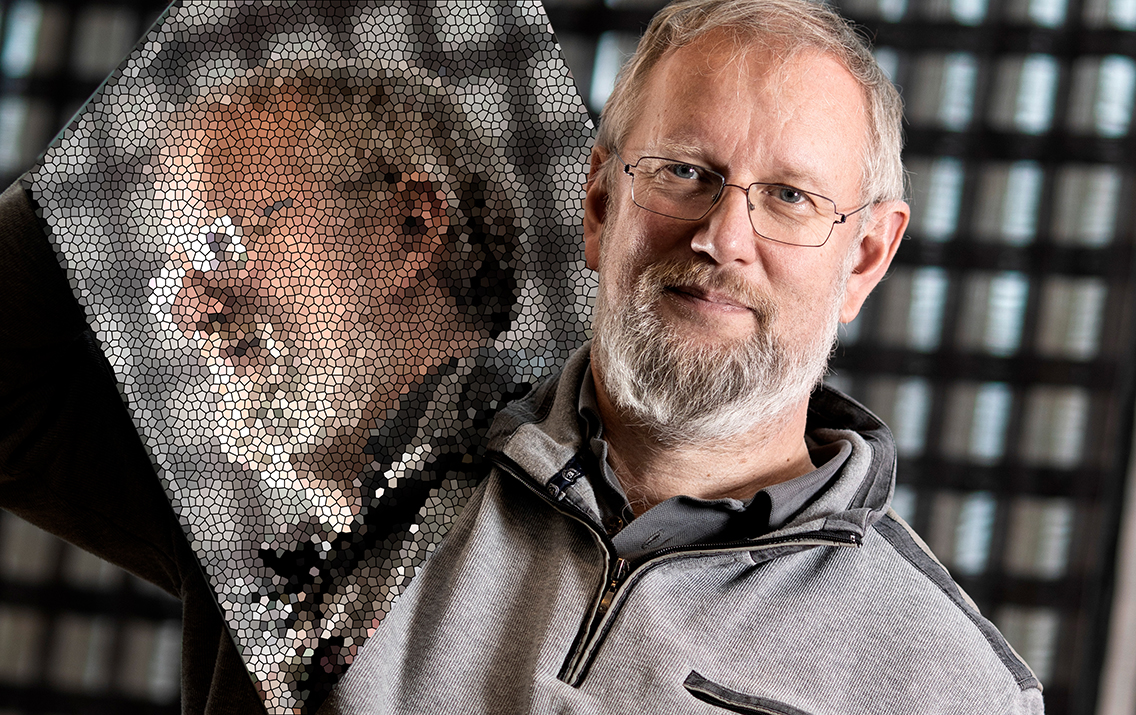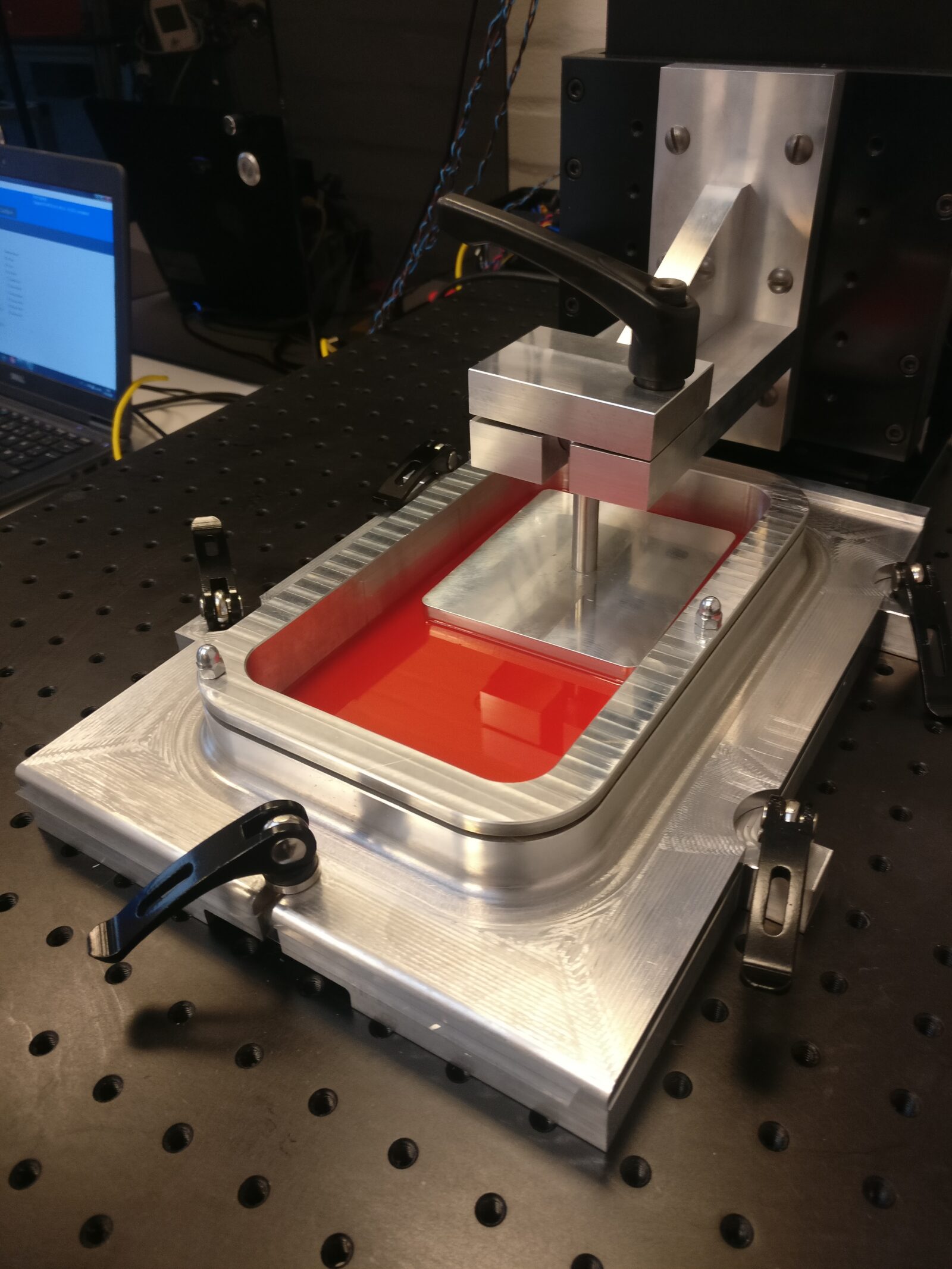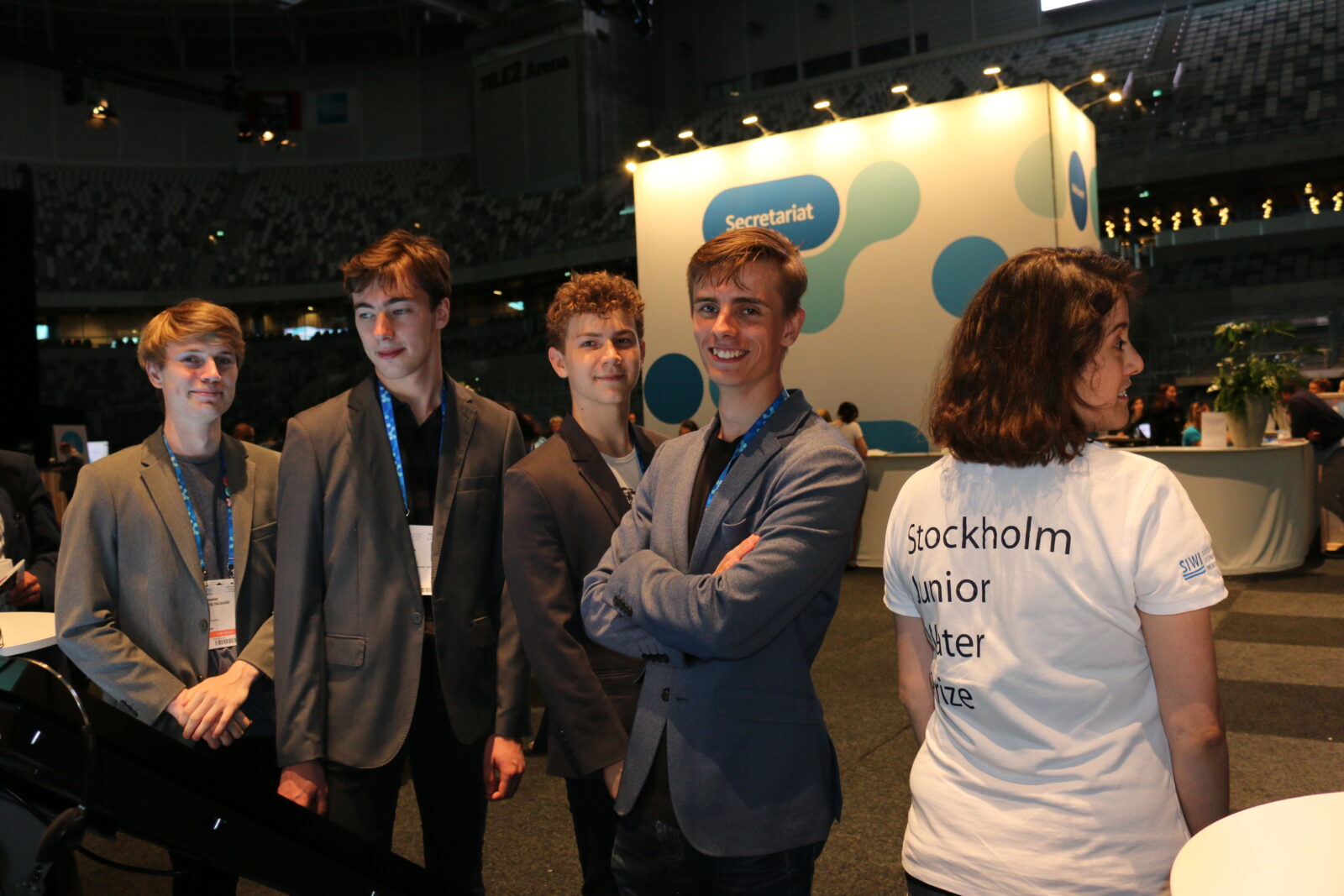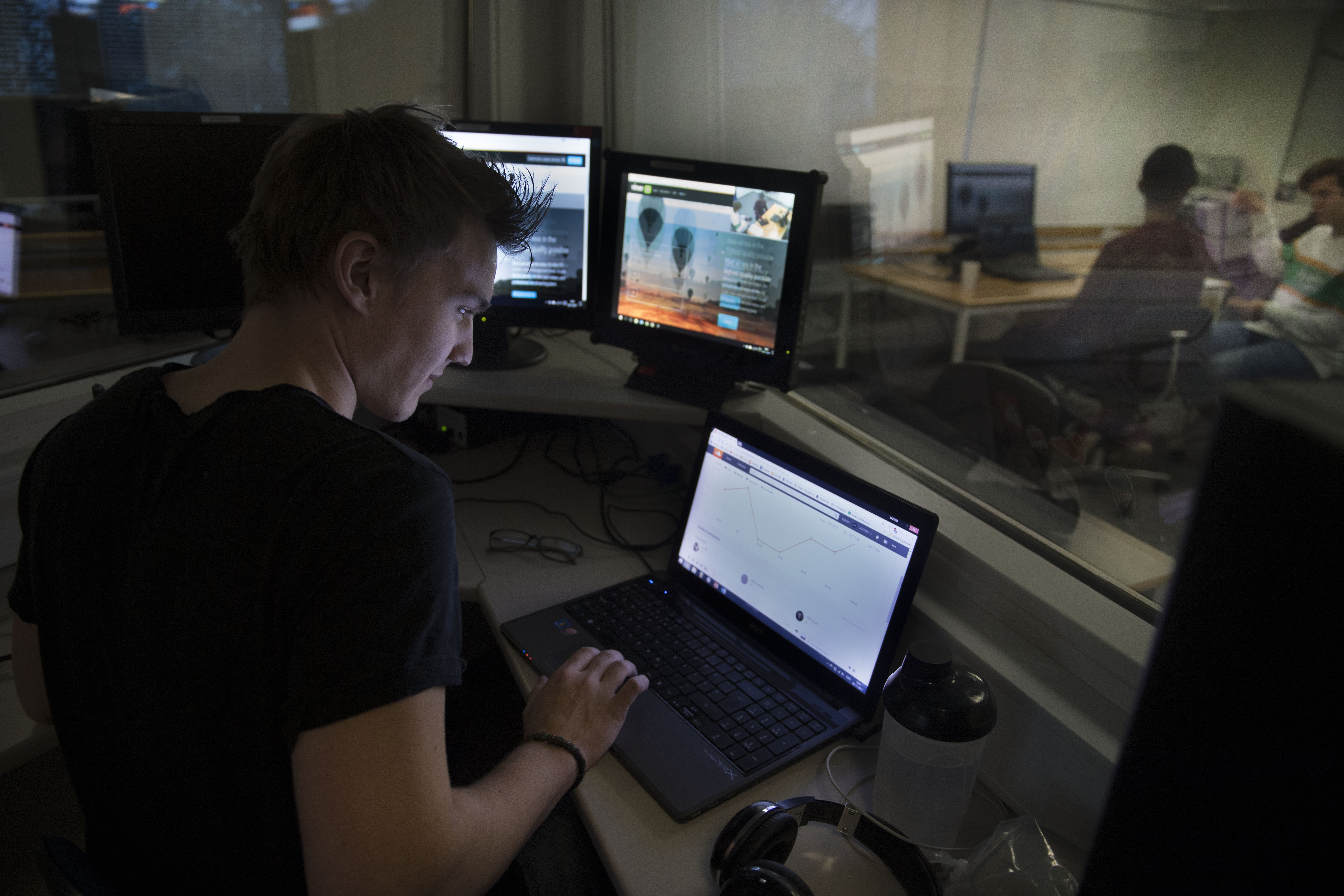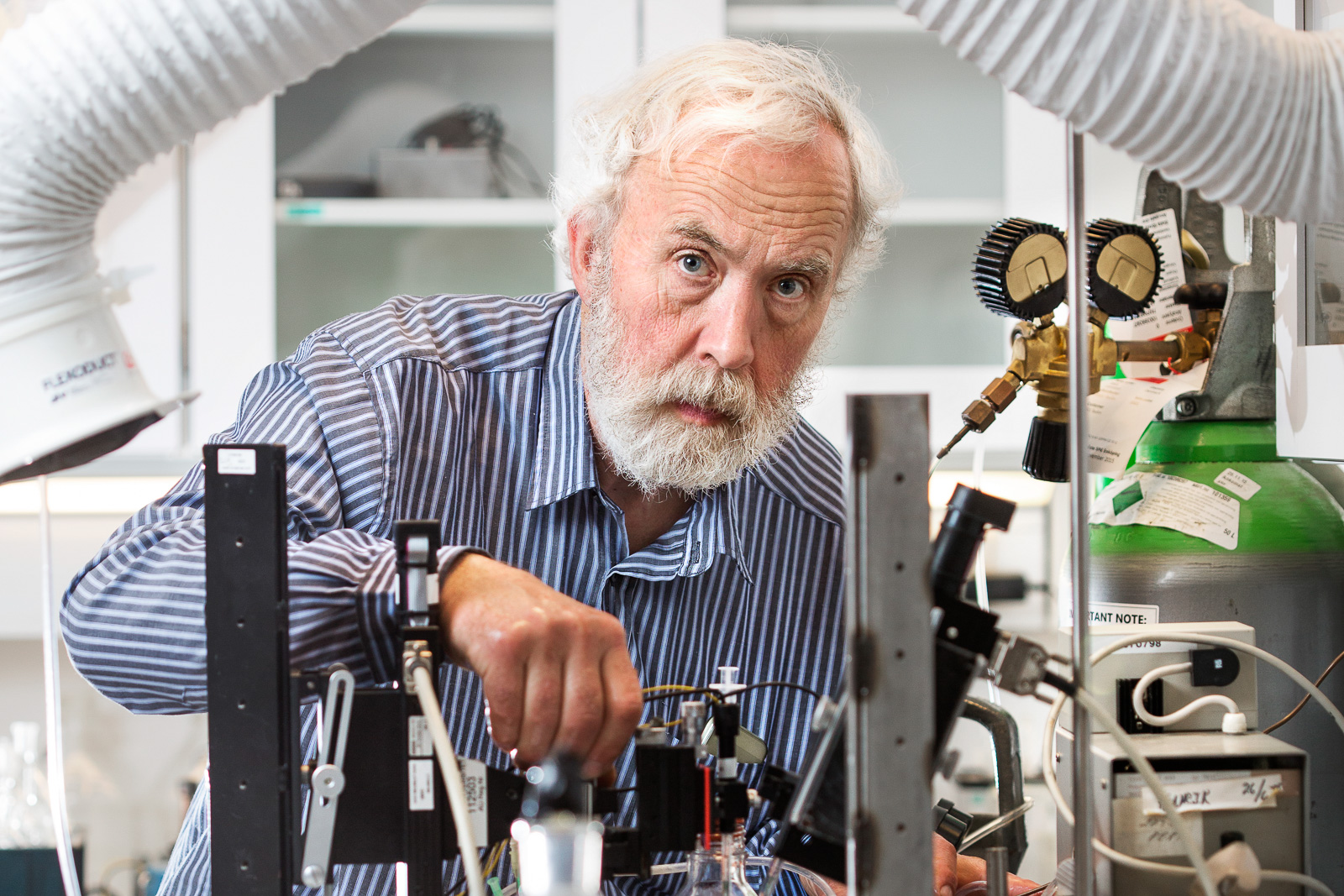A range of different technologies and materials (such as new wide band gap semiconductors) lower the barriers of green solutions replacing fossil fuels within the energy and transport sectors. Increased usage of electric vehicles, controlled pumps, hydrogen electrolysis and wind turbines demands higher performance of power electronics: They are the ‘glue’ connecting electric ‘functional blocks’ together and allowing energy to flow from producer to user.
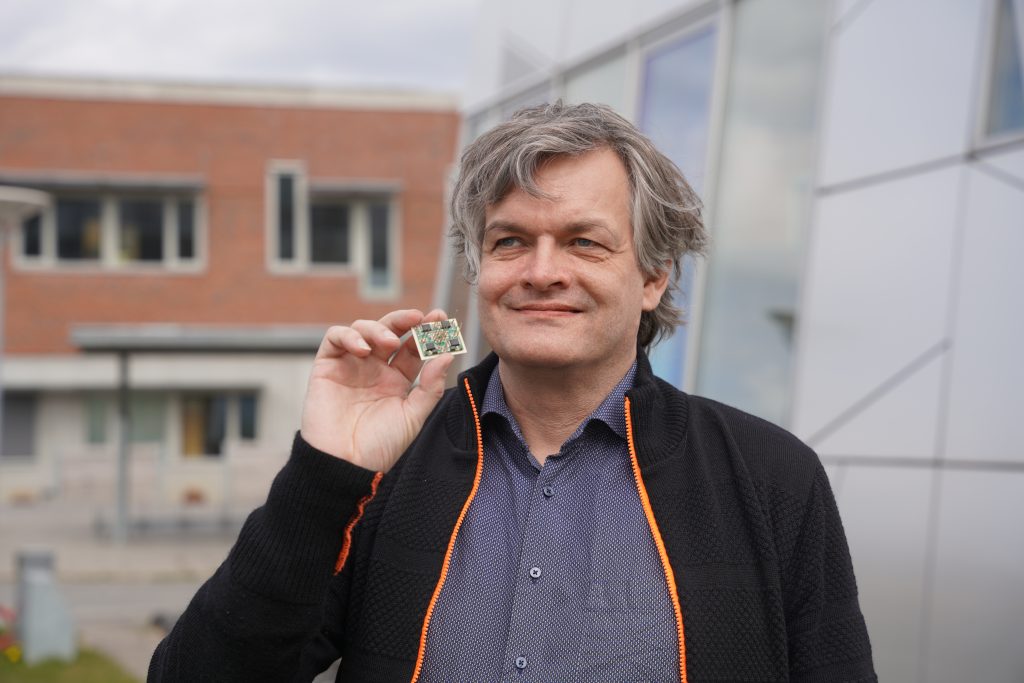
Center of Digitalized Electronics (CoDE) is led by Professor Stig Munk-Nielsen, AAU. Photo: Hongbo Zhao, AAU.
Industry needs new solutions
Center of Digitalized Electronics (CoDE) at Aalborg University ‘s Department of Energy Technology will develop methods and push the boundaries of digital design and product qualification processes allowing for higher efficiency and more compact power electronics systems. The project springs from a long collaboration with Grundfos’ engineering department, but with the backing of the Foundation the researchers want to make more efficient digital design processes more widely available to the industry.
The goal is to rethink the traditional design approach based on laboratory experiments. The process is resource-demanding, and design round-trip loops can last many weeks; experience with digitizing parts of the design process is very promising. In the CoDE project, our goal is to increase the digitalization level of today’s development process to include electrical, magnetic and mechanical domain.
CoDE research group
Key members of the research group are: Associate Professor Christian Uhrenfeldt, Postdoc Asger Bjørn Jørgensen, and Professor Stig Munk-Nielsen,
5 PhDs and 2 Postdocs will be added to the team over the next five years.


